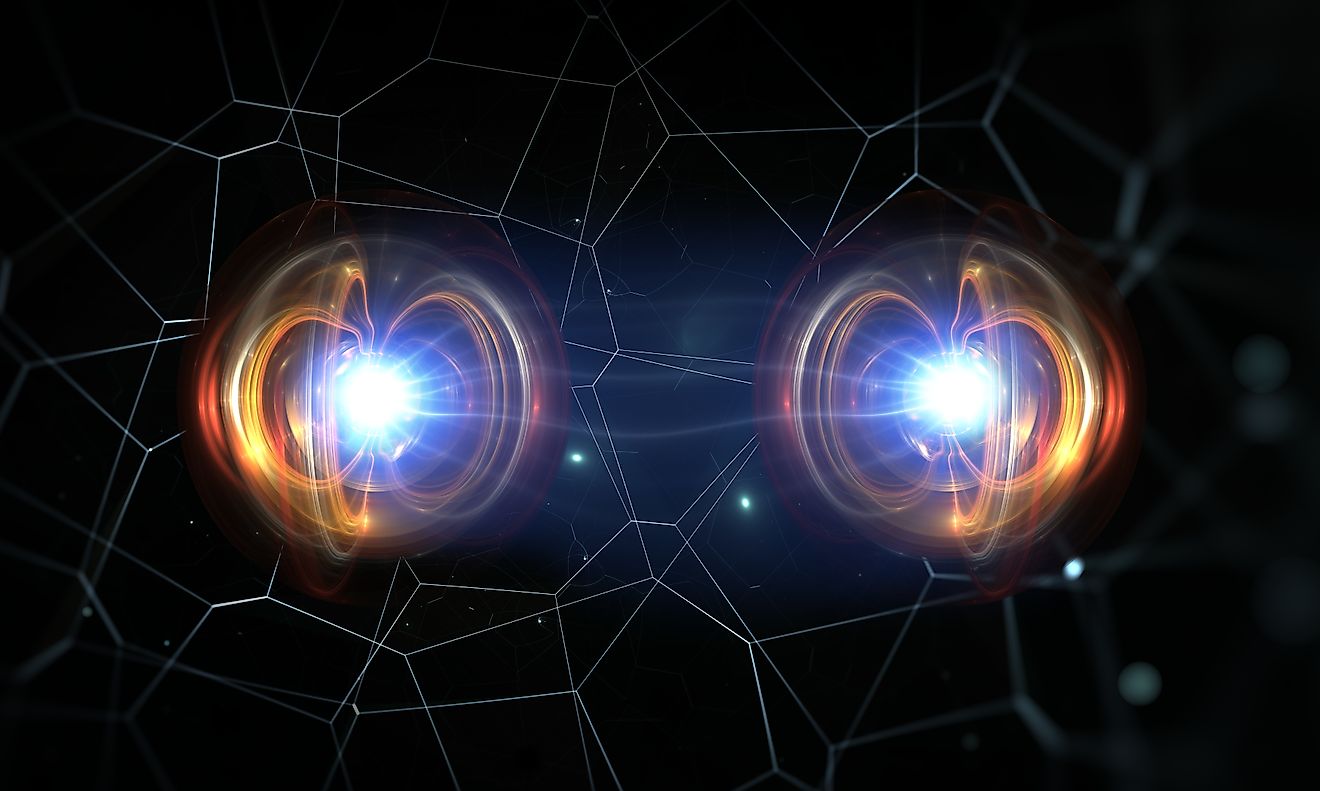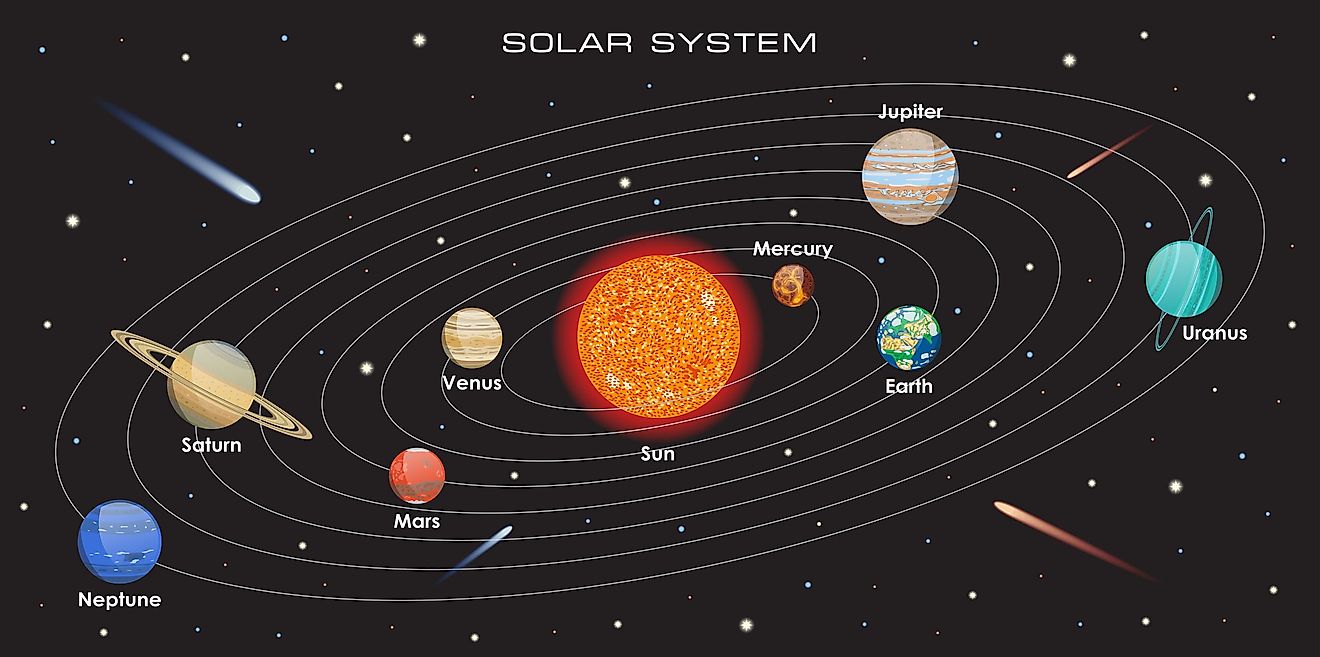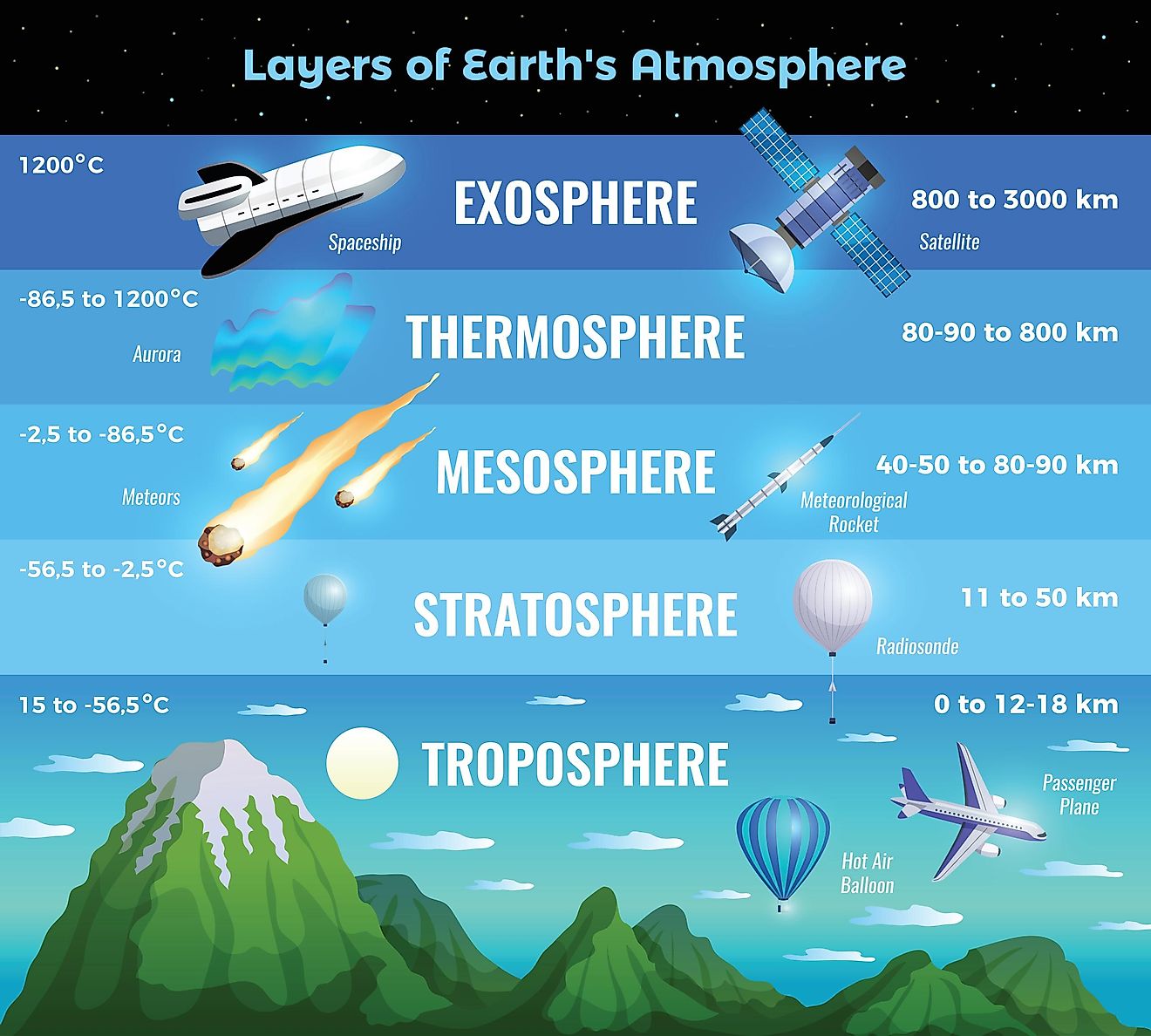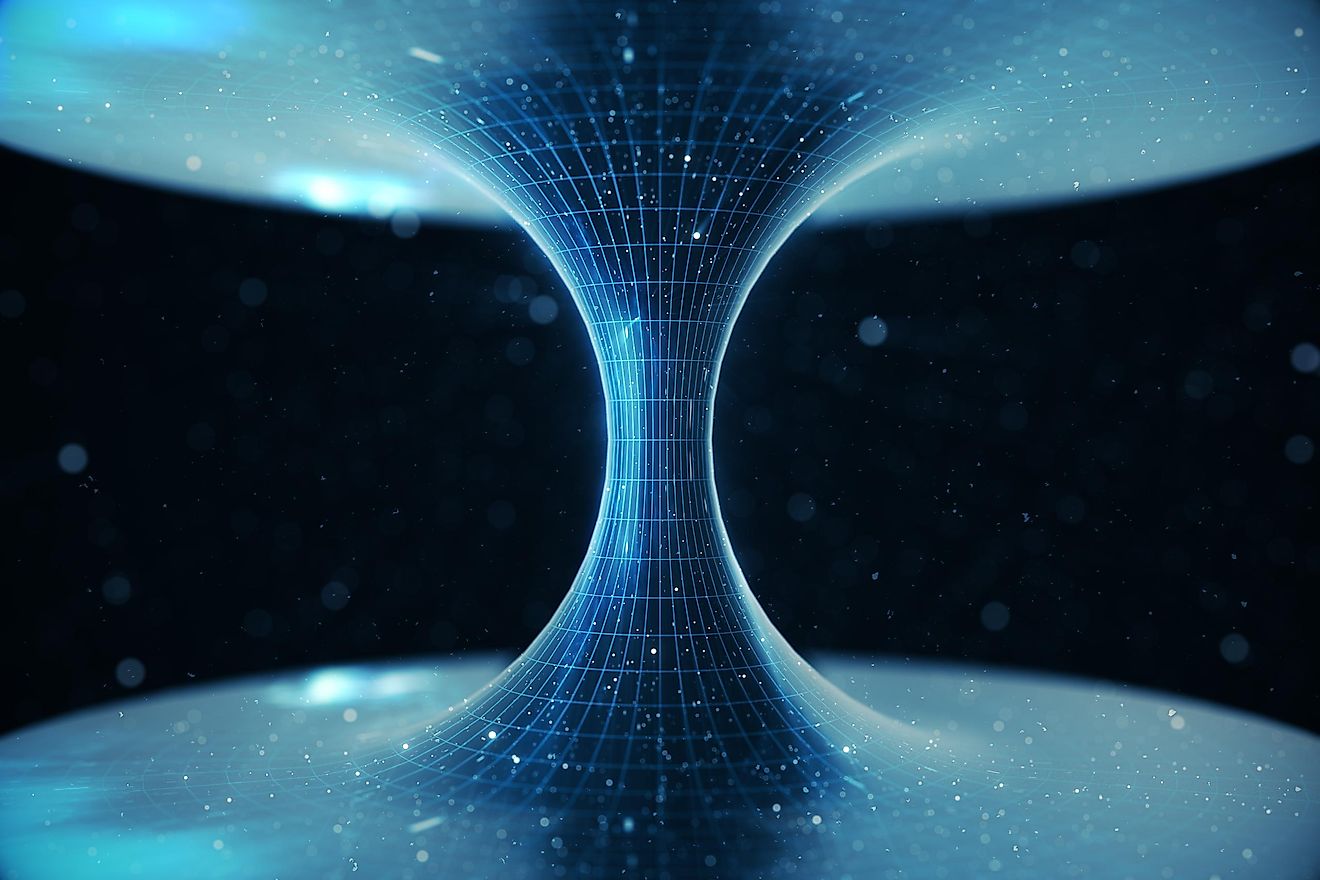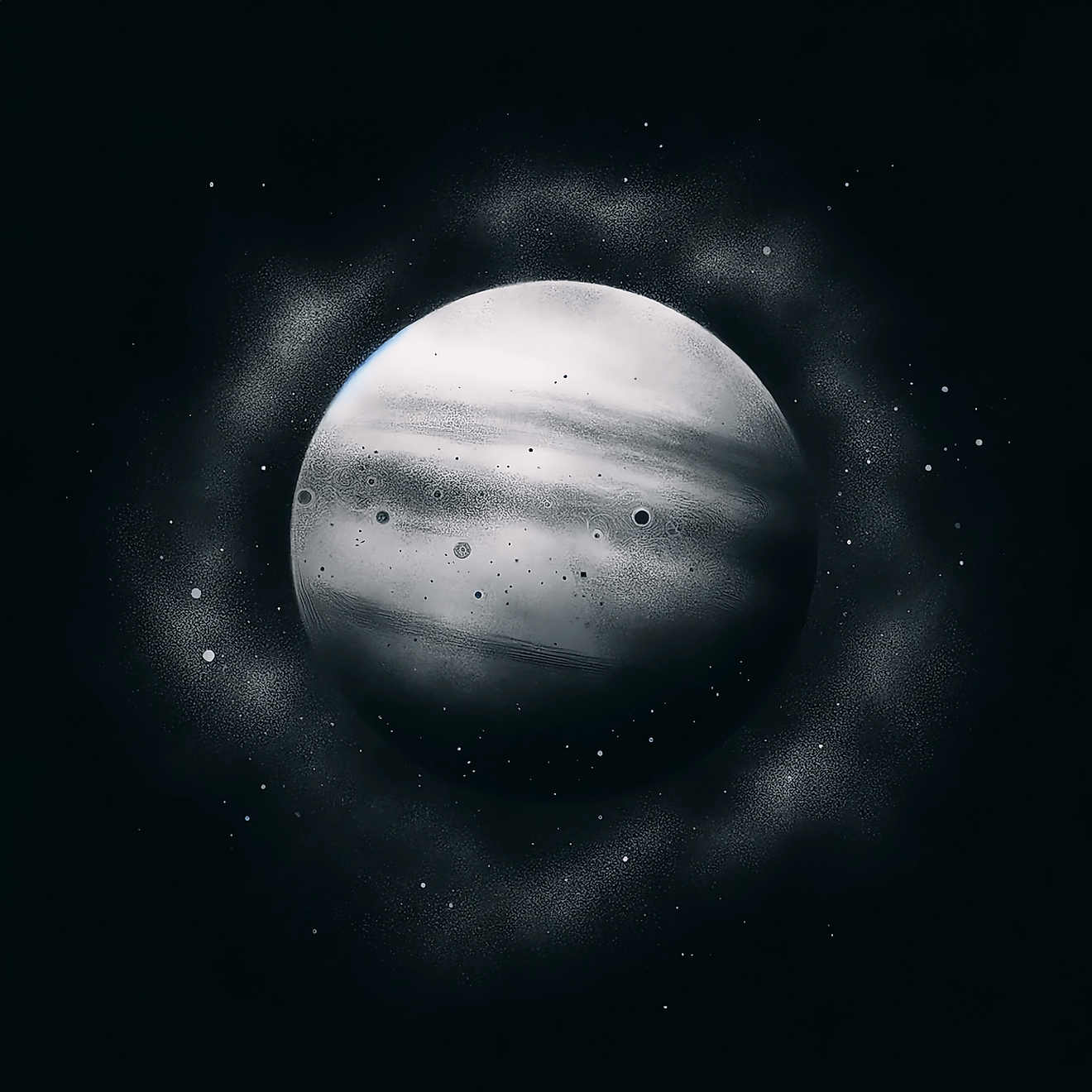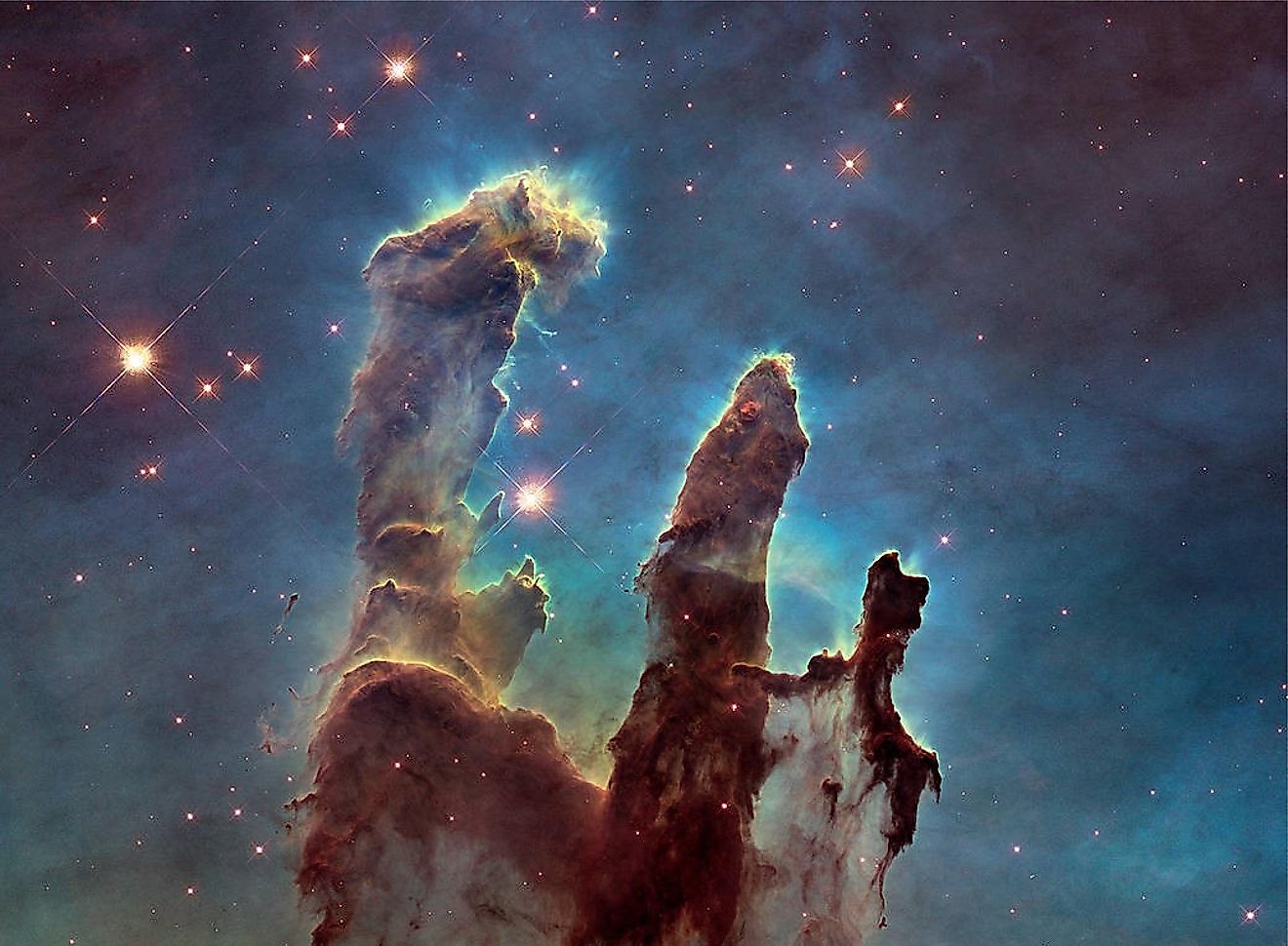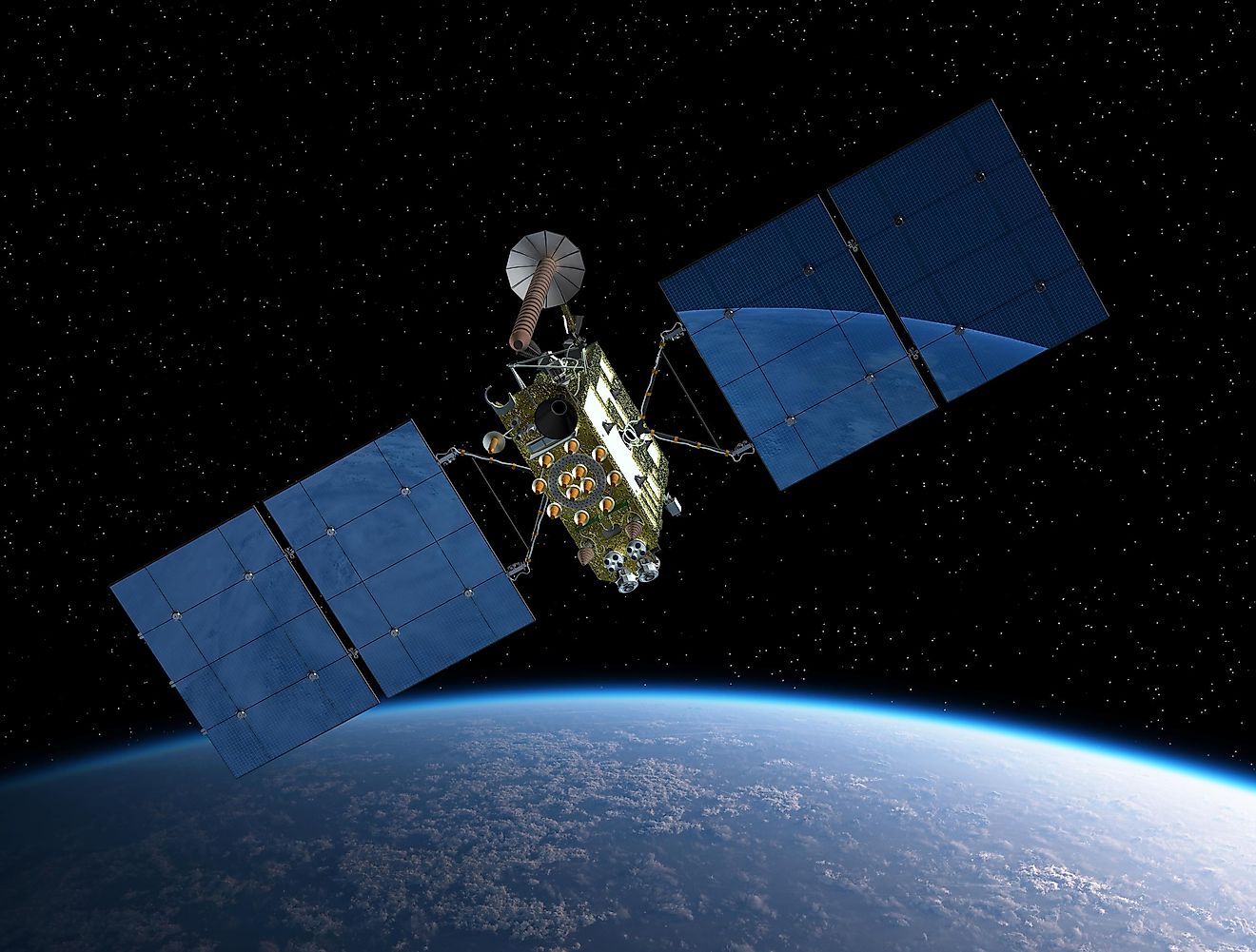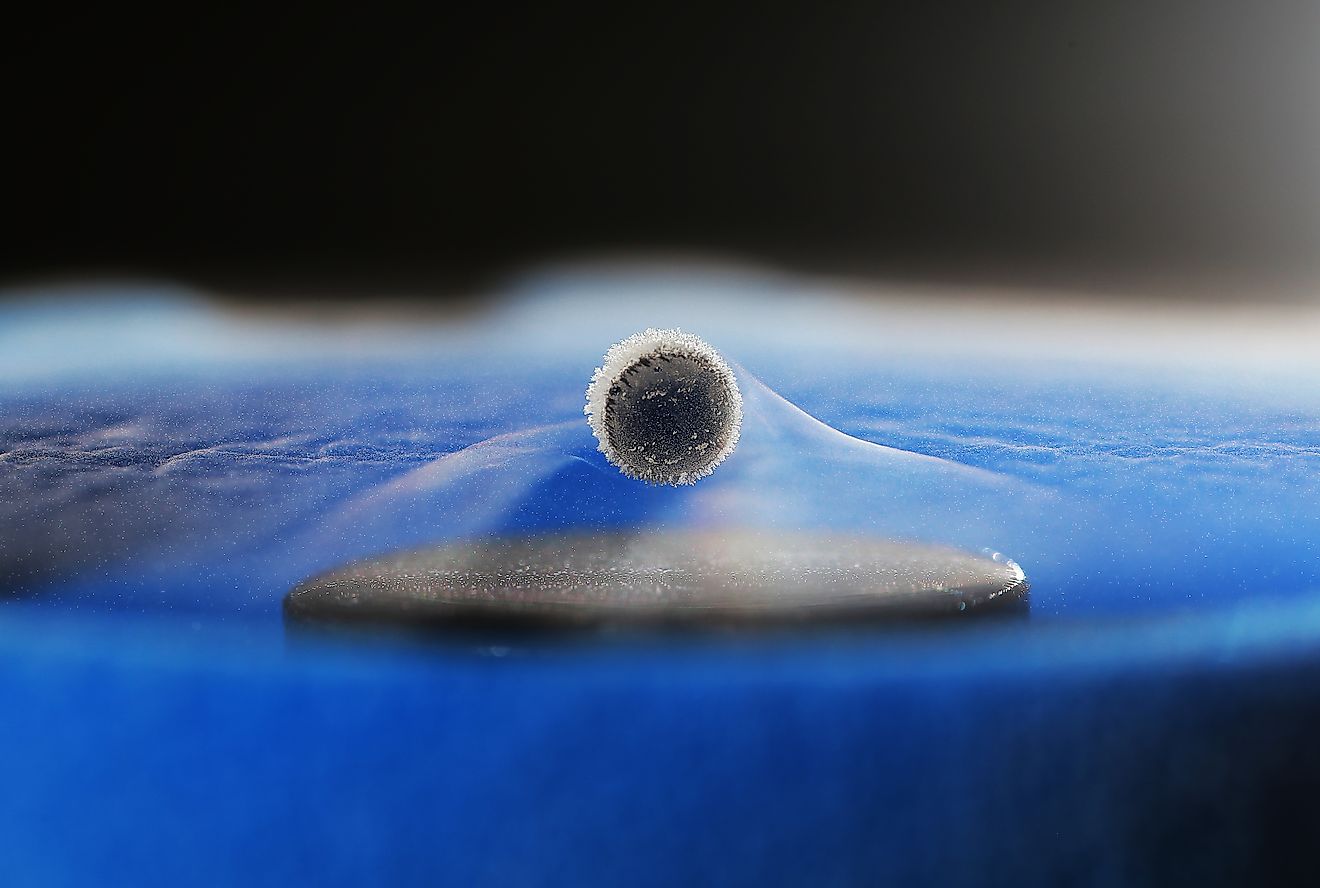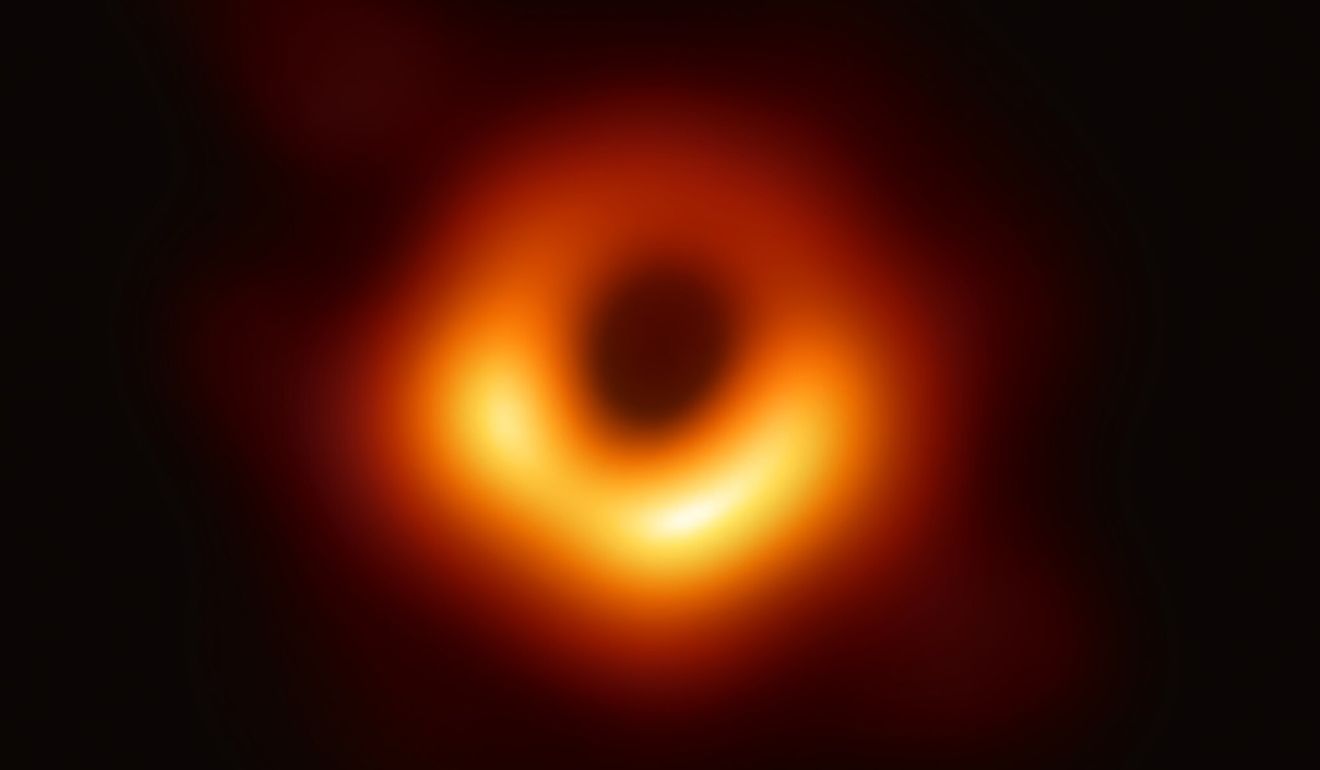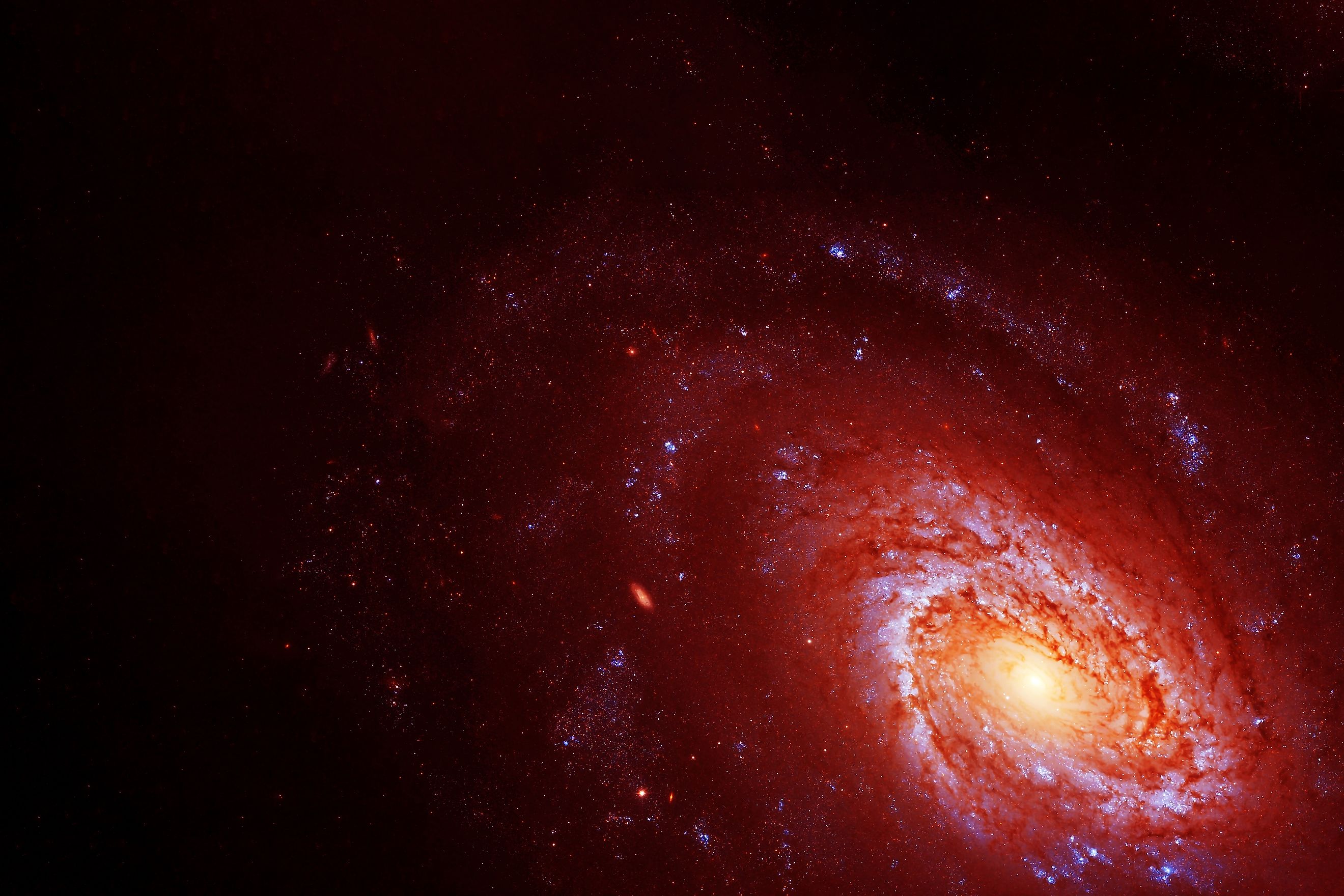
Three Large Mysterious Galaxies Discovered by the James Webb Telescope
The early universe began with the Big Bang, a singular moment that set everything we know into motion. In the chaos that followed, matter cooled and coalesced into stars, comets, and eventually, galaxies—colossal structures that would shape the cosmic landscape for billions of years. Among them is our home, the Milky Way, a sprawling galaxy filled with hundreds of billions of stars. Yet, recent discoveries have revealed that it wasn’t alone in the early universe. Thanks to powerful new instruments like the James Webb Space Telescope, scientists have uncovered a trio of enormous, ancient galaxies dubbed “red monster galaxies” that formed even earlier, reshaping everything we thought we knew about the timeline of galactic evolution.
The James Webb Telescope
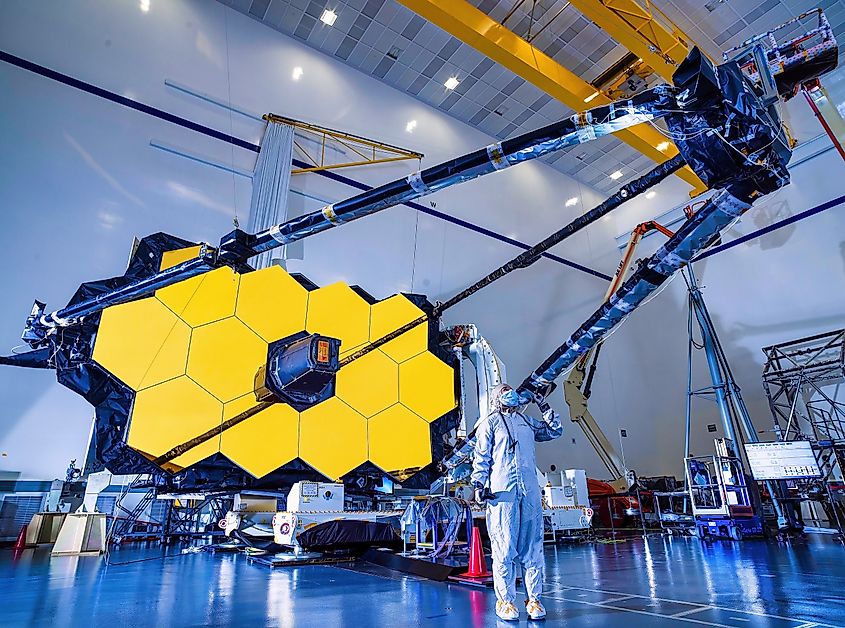
Launched on Christmas Day in 2021, the James Webb Space Telescope (JWST) is the most powerful telescope ever built. Designed to peer through the thick veils of cosmic dust and into the farthest reaches of space, it can detect the faintest infrared signals from galaxies billions of light-years away. Its cutting-edge design includes a massive gold-coated mirror and a suite of ultra-sensitive instruments that make it possible to study the earliest moments of the universe with unprecedented clarity.
JWST has already upended expectations. Among its most fascinating contributions is the discovery of ancient galaxies that formed shockingly soon after the Big Bang—some even earlier than our Milky Way. These observations are not just eye-opening—they’re paradigm-shifting. They challenge long-standing models that suggest galaxy formation was a slow, gradual process.
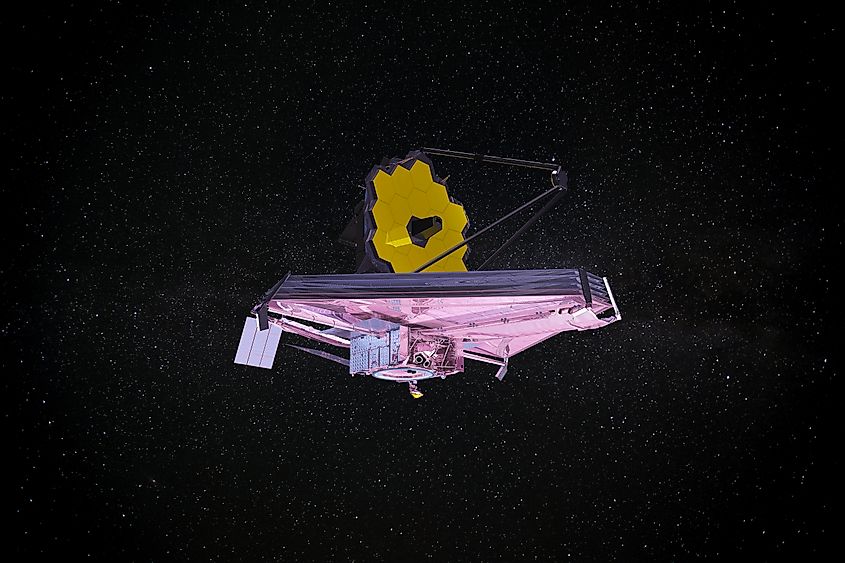
By capturing light emitted billions of years ago, JWST helps scientists analyze the chemical composition of these early galaxies. Its ability to detect elements like carbon, oxygen, and nitrogen—the building blocks of life—offers invaluable clues to the universe’s evolutionary story. But perhaps just as awe-inspiring are the breathtaking images it captures: swirling nebulae, colliding galaxies, and celestial nurseries where stars are born.
Thanks to this technological marvel, scientists have made one of their most surprising discoveries yet: a trio of massive red galaxies that shouldn’t even exist this early in cosmic history.
Red Monster Galaxies

Formerly referred to as quiescent galaxies, red monster galaxies are among the most puzzling and ancient structures in the universe. These massive galaxies earned their name due to the reddish glow they emit in spectroscopic images. This hue is primarily the result of their large population of old, aging stars and the absence of new star formation. As stars age, they emit lower-energy light, which tends to fall on the red end of the visible spectrum. The less energy a star gives off, the redder it appears to us.
Another explanation for their color is that these reside in the distant past of the universe. The longer it takes light to reach us, the more stretched out its wavelengths. This phenomenon is known as redshift, and it is a helpful quantity to determine the distance and the age of celestial objects. The wavelength of red light is the longest in the visible spectrum, so the redder a region is, the farther it is from the Earth. This phenomenon also explains why it is really difficult to directly observe such galaxies, as the low energy of red light (and even infrared radiation) given off by the galaxies is almost too faint to detect by our current technology. This is why advanced telescopes like Hubble and James Webb are essential in reaching the deepest corners of the universe.
A Triplet of Monsters
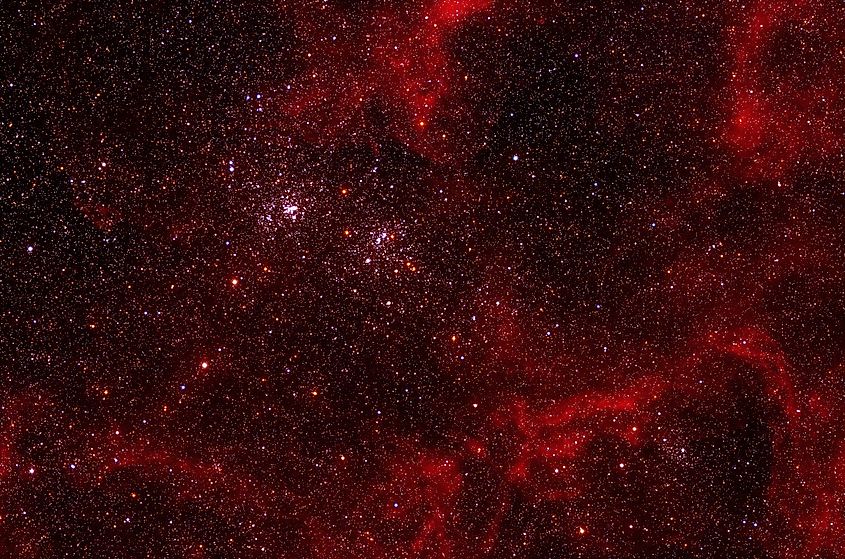
In a recent groundbreaking observation using JWST’s Near Infrared Camera (NIRCam), scientists detected three red monster galaxies that defy all expectations. Each of these giants is about the size of the Milky Way and was already fully formed just 600 million years after the Big Bang—far earlier than previously thought possible.
What’s even more puzzling is their silence. These galaxies are not forming any new stars—despite their youth and size. Current models suggest galaxies this large should still be buzzing with stellar activity. Instead, these cosmic behemoths appear to have burned out early, leaving scientists scrambling for answers.
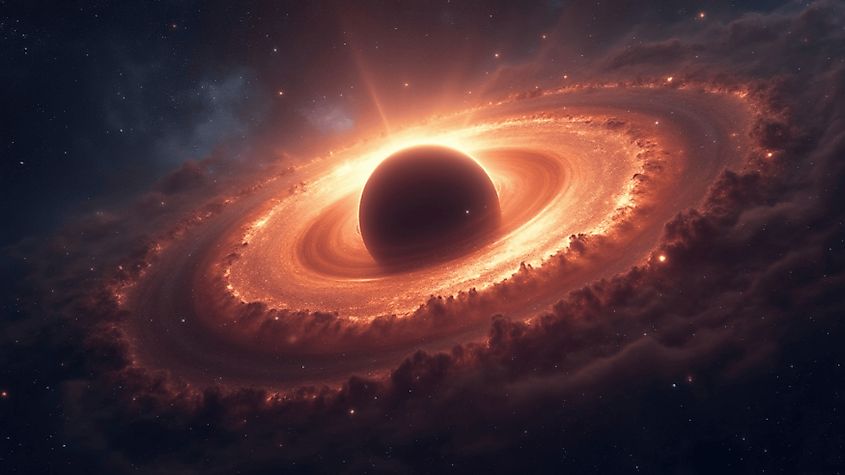
One theory is that supermassive black holes at the galaxies’ centers may have devoured or expelled nearby gas, preventing new stars from forming. Others suggest rapid early mergers or intense radiation bursts may have caused them to go dark. Whatever the cause, these galaxies force a fundamental rethinking of how quickly structures can evolve—and how abruptly they can shut down.
Conclusion
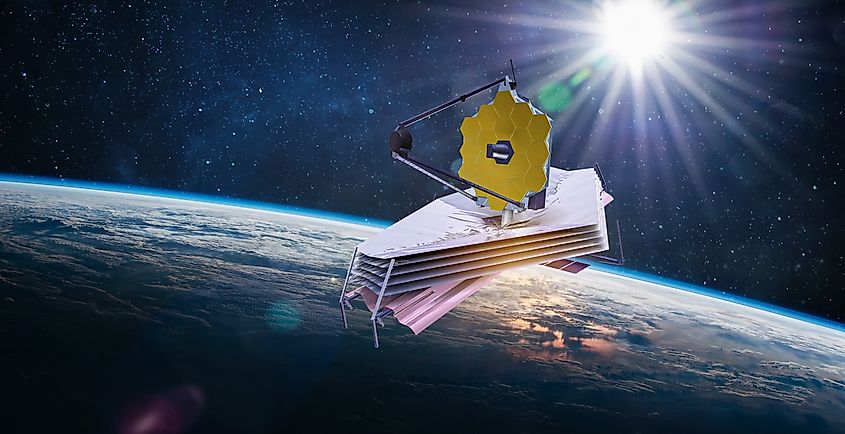
As scientists continue to peer deeper into space and further back in time, discoveries like these red monster galaxies are rewriting the timeline of the cosmos. Instead of being outliers, they may represent a previously hidden chapter in the story of galaxy formation.
Their existence suggests that our understanding of early galaxy formation is incomplete. These silent, ancient giants are not mistakes—they are messengers from a younger universe, demanding we ask harder questions and push our theories further. With the James Webb Space Telescope and tools like the Atacama Large Millimeter Array leading the charge, humans are entering a new era of cosmic discovery. One thing is certain: the universe still has many secrets left to tell.

